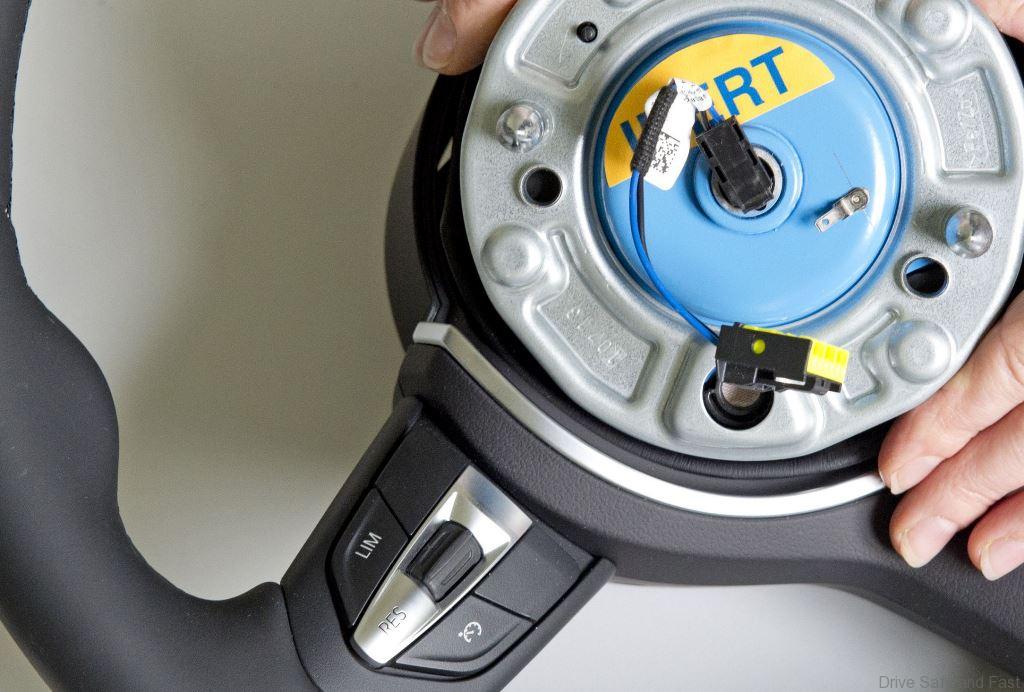Well, industry experts estimate that it will take at least three years (more like 6 years) for Takata and other manufacturers to make enough airbags to replace the Takata defective airbags. Because of their internal chemistry, Takata’s devices become less stable over time.
Takata, founded by the Takada family in the 1930s as a textile maker, produced parachutes for the Imperial Japanese Army during World War II. In 1960, Takata began manufacturing seat belts for Japan’s carmakers, which were leading the country’s industrial expansion. It was the only company whose seatbelts passed the U.S. National Highway Traffic Safety Administration (NHTSA) crash test standards in 1973.
A few years later, Honda asked Takata to look into manufacturing airbags. The automaker had a small stake in its supplier, and they worked closely together. When Honda opened a plant in England, Takata opened one in Ireland. When Honda went to China, so did Takata. With much enthusiasm about airbags, Juichiro Takada, who had taken over from his father as CEO in 1974, hesitated? Airbags deploy in controlled explosions. Their designs are drawn from rockets and munitions. A former Honda engineer, Saburo Kobayashi, described Takada’s reservations in a 2012 memoir. “If anything happens to the airbags, Takata will go bankrupt,” Takada said, according to the book. “We can’t cross a bridge as dangerous as this.” Eventually, he relented.
Air bags aren’t filled with air. They’re filled with gas created by a burning propellant. Propellants are used in jet aircraft to produce thrust; in the interiors of gun chambers; and in mining and demolition. In air bags, the propellant is compressed into aspirin-size tablets and placed in a metal tube called an inflator. After a crash, the tablets are ignited and convert from solid to gas, which erupts out of the inflator and into the bag in milliseconds. Air bags have been mandatory in every U.S. car since 1989, and regulators say they save about 2,500 lives every year. Unlike drugs, there’s no approval process for air bags.
There are about 10,000 components in a car and airbags are probably the most highly engineered among them, even more than the electronics. They have to be small and light enough to fit into the steering wheel and other tight spaces, and they have to deploy with just the right force. Propellant experts keep patent office’s busy. They’re always trying to come up with formulas that are more efficient, cheaper, and proprietary. Each of the world’s 5 main airbag manufacturers has developed its own chemical compound.
It seems that the Takata Airbag Corporation continues to have problems manufacturing safety equipment that is less than treacherous for consumers.
Takata could be forced into bankruptcy as Credit Suisse estimates recalling 50 million vehicles would cost the supplier about USD3.5 billion. The substantial sum is reportedly more than the value of Takata’s net assets. More troublingly, Takata reportedly estimated a comprehensive recall of 287.5 million airbag inflators would cost about USD25.2 billion.






